Travelling with children brings a new set of challenges—and benefits—to your travels. We’ve experienced this firsthand as we travelled with one, then two toddlers, then, as the years rolled on, young kids. Compared to travelling solo (or as a couple) we found a lot more thought went into issues like transportation and accommodation, and even things like packing take on new strategic importance.
Keeping this in mind, here are some packing tips if you’re travelling with a baby or toddler.
Nappies are no biggie
Landfill space is rapidly dwindling in many parts of Southeast Asia and laundry is cheap—so it is certainly possible to travel with reusable nappies. Do keep using them if they’re your thing, so long as you have plenty to last between loads and your itinerary includes making stops long enough in plenty of places to do laundry (or rather, get it done by someone else).
We used reusable nappies from Mothercare and were happy with it. If you prefer disposables, the advantage of taking as many of your own as possible from home is you’ll have plenty of space for your shopping on your return. It’s easy to buy locally produced disposable nappies in major Southeast Asian cities and often cheaper than in the West. Opinion differs as to which kind are better. We have found that local nappies are just as good, but they take up a little more room in your bag. Just hope you don’t see it washed up on the beach in south Bali—sadly nappies are over-represented there.
Take your own formula
Formula is widely available (pushed, even, in Southeast Asian hospitals), but you are unlikely to find the same brand you are used to. Bring at least some of your own if you want to try transitioning from one brand to another during a long trip, or enough for all of your trip if you don’t want to risk it (or if the trip is a relatively short).
Take your own cereal
If your bub is weaning, you may want to take your own cereal, particularly if you or your bub are fussy. You can get various kinds of cereal at supermarkets in most larger cities, but it can be difficult to work out precisely what you’re getting so to play it safe, do take your own. Fancy organic brands are a lot harder, if not impossible, to find outside major cities like Bangkok and Singapore.
Take a soap/shampoo combo
Use a two-in-one so you can scrub bub and hair all in one. You can get a Johnson’s version across Asia. Indeed, you may as well use it as your soap as well and just jump in the shower with bub.
Milton is marvellous
Take Milton tablets for sterilising dummies, bottles, spoons and whatever else gets grubby. Pack an adjustable plug and make sure you have one item whose volume you know to measure out water into bathroom sinks, if you think they are clean enough to use. Use something like a plate to ensure items are totally covered by the liquid—chances are you could borrow one from your hotel’s restaurant. Take a plastic container big enough to douse the stuff you’re travelling with if you have the space, else a sturdy plastic (non-leaking) bag will suffice.
Take a stick food processor
If your bub is only just onto solids, a hand blender may seem extravagant but can come in really handy when you just can’t face explaining what you need done to a dumbfounded waiter one more time. Make sure you pick up a power plug adaptor.
Extra T-shirts for yourself
You’ll no doubt pack extra outfits for bub in case they have any accidents... but don’t forget about yourself. You may run through your shirts more quickly if you have a spate of accidents, so first thing once you’re off the plane, pick up a few extra ones and always have at least one within easy reach.
Car seats are up to you, but slings are great
If you plan to travel by car, remember that in many places in Southeast Asia cars do not have seatbelts in the back—and without a seatbelt a bulky car seat is useless. Often you can arrange for one, but this may take time that you don’t have (or weren’t expecting to need). So either plan to travel mostly in other ways or be prepared to wear your child in a sling in the back seat behind the driver. Hey, at least you’re not on a motorbike with them. We’ve used a Baby Bjorn for all of our travels with a baby and have found it fabulous—it’s not as uncomfortable as it looks.
Leave the stroller at home
Spending on footpaths has not been a high priority for most governments in Southeast Asia. Outside of Singapore (a pramster’s delight), you would mainly only use a pram in malls in Bangkok; forget Hanoi, Phnom Penh and Vientiane. For getting tiny bubs to sleep, a sling may be easier if you don’t mind carrying the weight. There’s also a range of child carriers designed with travellers in mind—the Kelty child carrier is an example.
Don’t hesitate to ask for help
It sounds like a cliche, but we’ve found locals across Southeast Asia to be especially helpful and understanding when it comes to travelling with babies. Be it getting the waiter to go the extra mile mushing up some mushables or people just stepping forward to help out—we’ve always found Southeast Asia to be a far more welcoming environment to kids than our home country, especially in restaurants. If you’re starting to fray, take refuge in a shady cafe and relax, and don’t be surprised when the staff lend a helping hand—often even taking your little one off your hands for a while so you can have a quiet moment to eat.

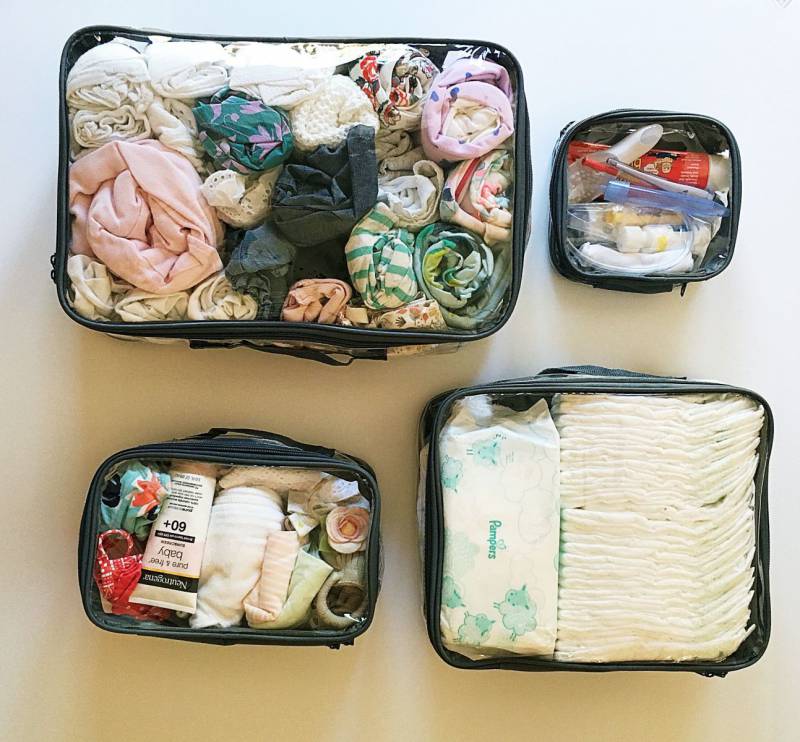
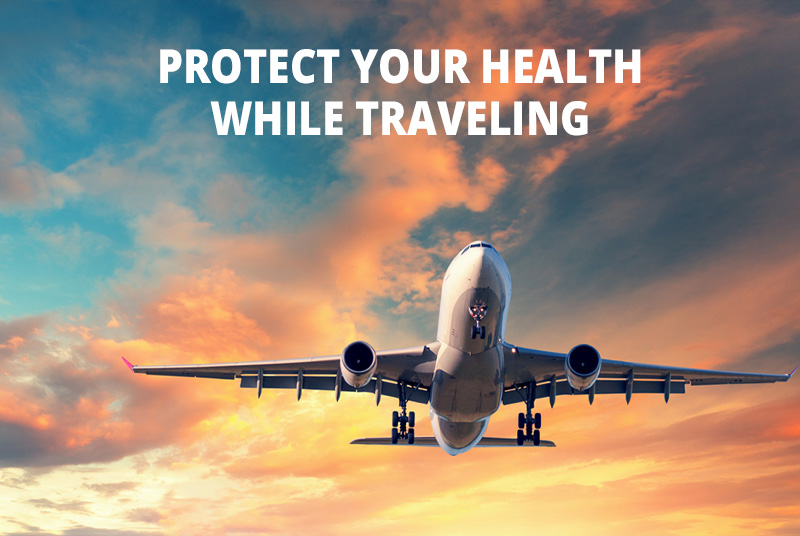
.png)
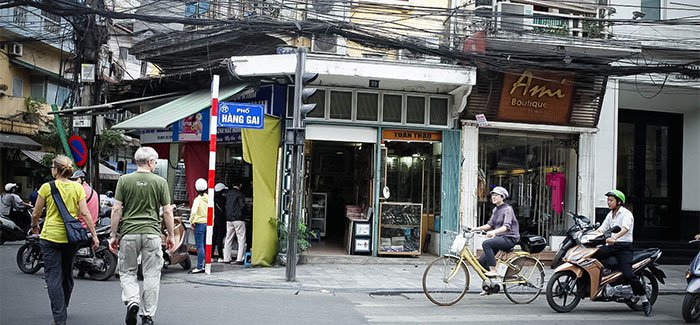
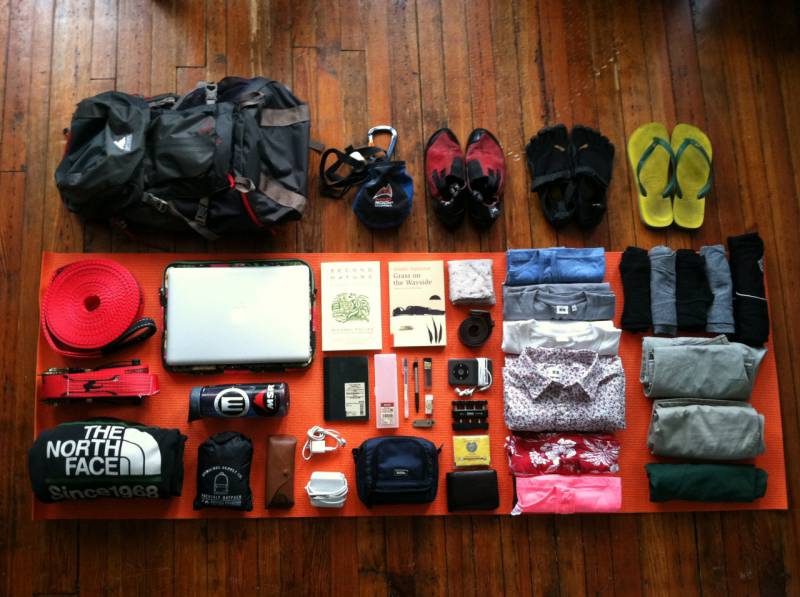
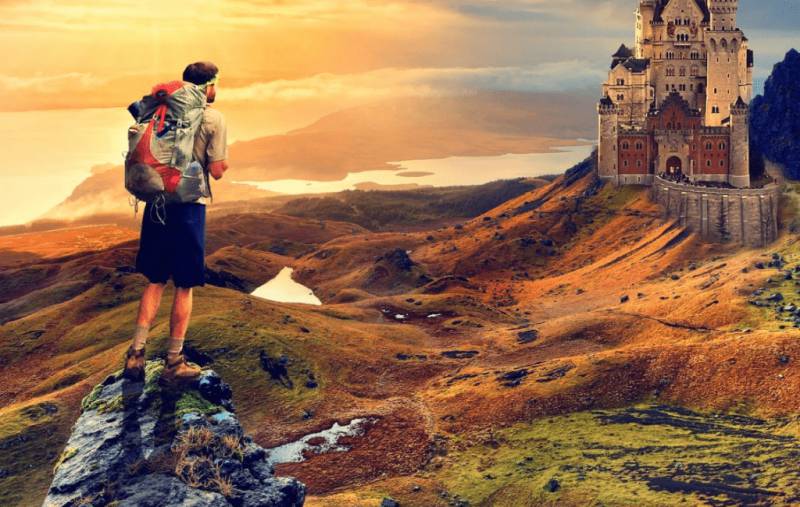
.jpg)
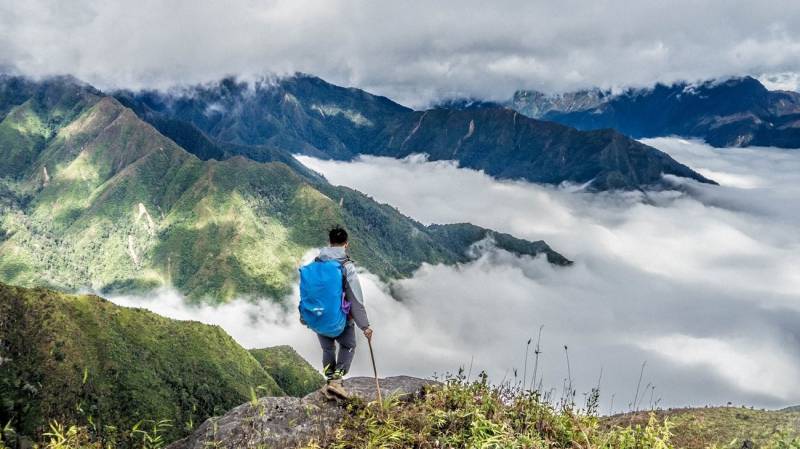

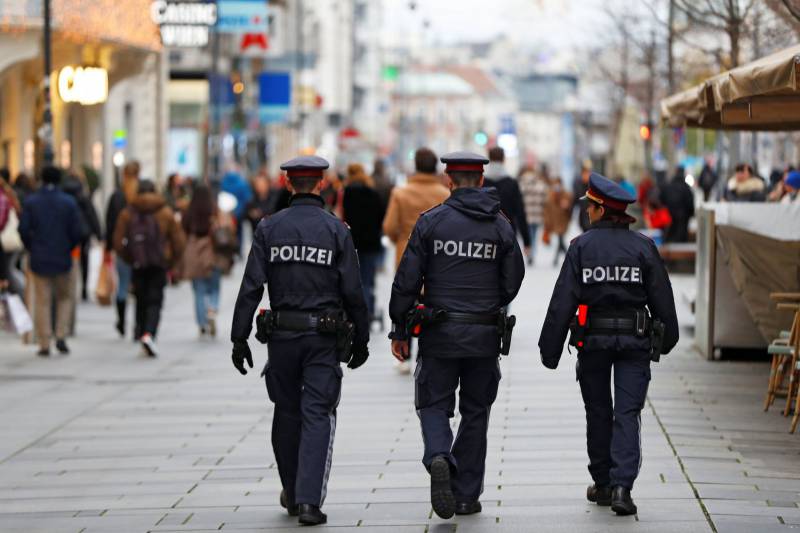
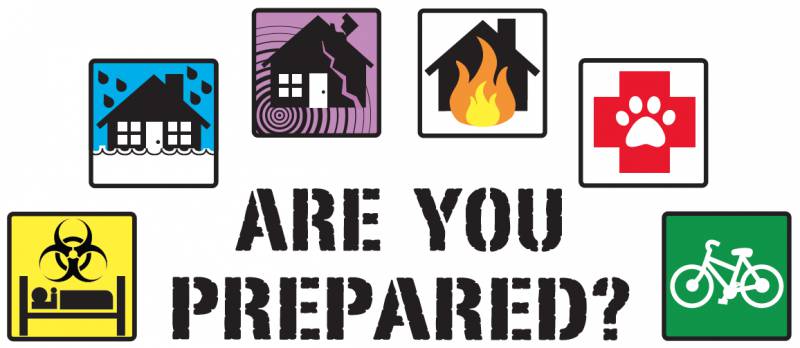

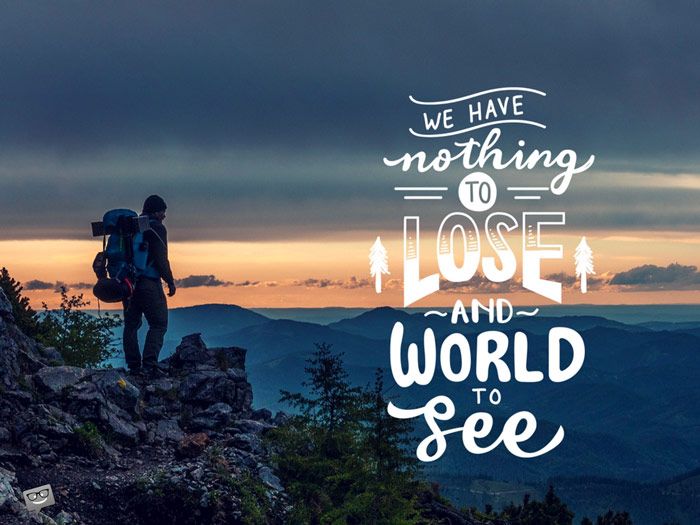
.jpg)
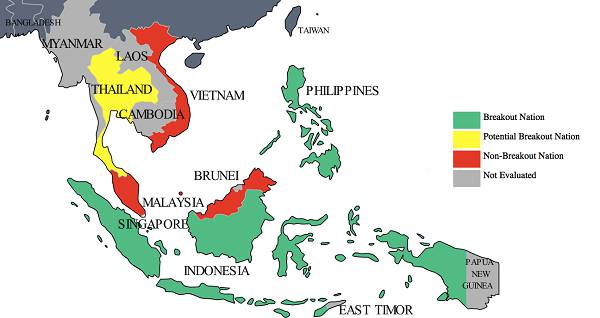
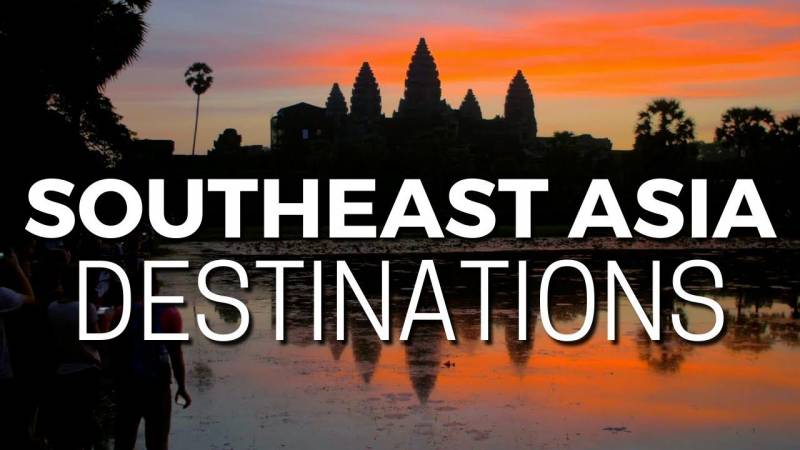
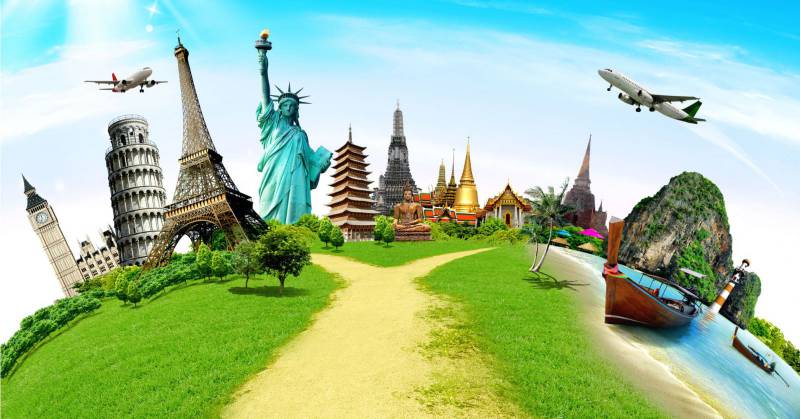
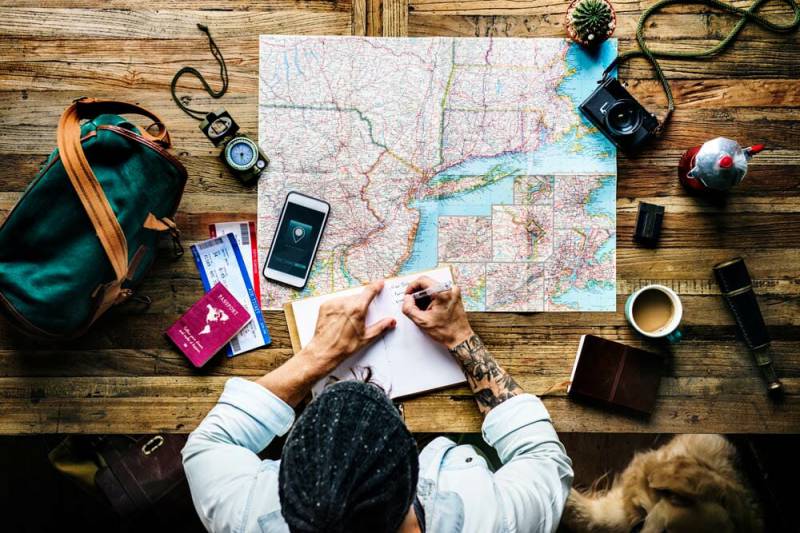
.jpg)






